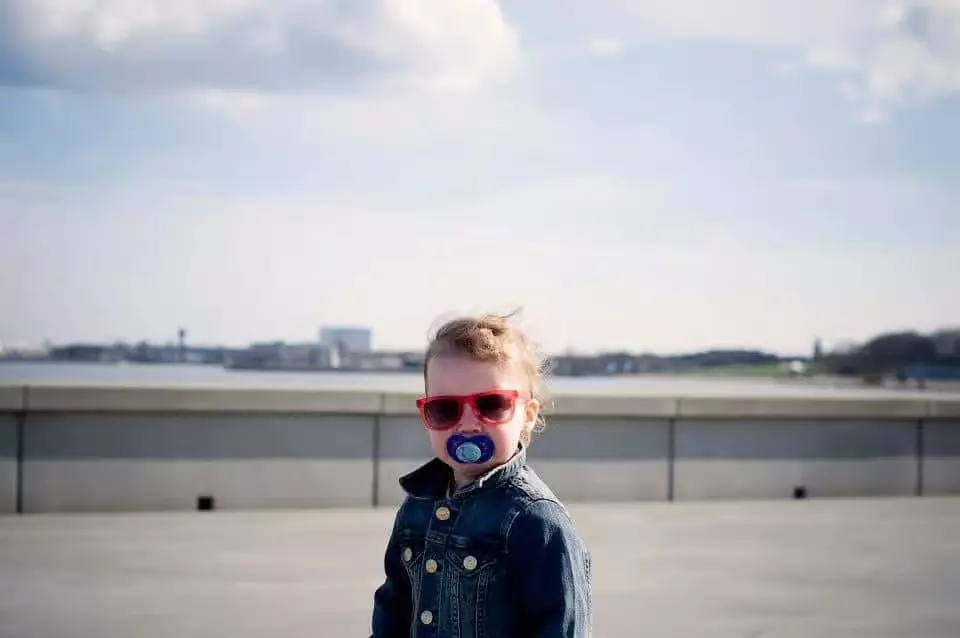When it comes to parenting, few subjects stir up as much debate as the topic of pacifier use. Every parent seems to have a story—filled with ups, downs, successes, and epic failures—about how and when to wean their little ones from this comforting device. On one hand, some experts suggest that pacifiers should be relinquished by the 12-month mark, while others argue for a more signals-based approach, allowing children to guide their own readiness for weaning. Given this cacophony of voices, how can a parent possibly navigate the choppy waters of pacifier dependency?
It’s essential to recognize that every child is unique; their needs, developmental stages, and emotional attachments vary widely. What may be a feasible solution for one family might feel like an impending disaster for another. Therefore, it’s vital for parents to arm themselves with knowledge, approach the situation with empathy, and make decisions that resonate with their family’s beliefs and values.
The Comfort of Sucking: Benefits of the Pacifier
At the heart of pacifier use is the undeniable comfort it offers to infants. This simple act of sucking does more than satisfy a biological urge; it provides a soothing effect that can help ease anxiety and promote sleep. Research indicates that allowing infants to use pacifiers, particularly during sleep, has been linked to a reduced risk of Sudden Infant Death Syndrome (SIDS). Furthermore, pacifiers can also alleviate pain during minor medical procedures, making them a practical tool in a parent’s arsenal.
For preterm babies, the advantages multiply. Evidence shows that non-nutritive sucking, often accomplished by pacifiers, is associated with shorter hospital stays and improved feeding skills. All these factors contribute to pacifiers being seen as an asset in the early stages of infancy, underscoring their ability to cater to babies’ developmental needs.
The Dark Side of Pacifier Use
However, as with most things in life, balance is key. While pacifiers can be a source of comfort, they are not without their potential downsides. The American Academy of Family Physicians points out that there is mixed evidence regarding pacifiers leading to early weaning from breastfeeding—a critical bonding time for mother and child. Moreover, dental concerns loom large. Long-term pacifier use can result in malocclusion, with research indicating higher instances of dental problems in children who use pacifiers past a certain age.
Additionally, some studies caution against the potential for pacifier contamination, highlighting the risk of introducing bacteria and Candida yeast. If a child is predisposed to ear infections, frequent pacifier use could also exacerbate the problem. This stark reality urges parents to weigh the pros and cons carefully as they approach weaning.
Weaning Strategies: Finding What Resonates
When it comes time to wean, the journey doesn’t have to be torturous. One of the less stressful options is to let children wean themselves. Many kids naturally shed the pacifier habit as they approach ages three or four. If parents are not feeling pushed by dental issues or excessive nighttime awakenings, this gentle approach is perfectly reasonable.
Alternatively, for those who prefer a more structured transition, creative strategies can be employed. The whimsical “Binky Fairy” approach allows children to engage in a magical narrative when giving up their pacifiers, framing the act as an exciting adventure instead of a loss. Parents can get creative, leaving behind small gifts in exchange for surrendered pacifiers, thus opening the door to imaginative storytelling.
Another practical method involves gradually reducing pacifier usage. For instance, initially allowing it only during sleep then phasing it out entirely can be effective in minimizing emotional distress. The process requires patience, empathy, and positive reinforcement. Parents must make an effort to convey confidence and assurance to their little ones during this transition—this emotional support can make all the difference.
Embracing Parental Autonomy
Ultimately, the decision about when and how to wean from the pacifier lies squarely in the hands of parents. Each family’s values, beliefs, and circumstances must guide their decisions, as there are no one-size-fits-all solutions. While peer advice and expert recommendations can be useful, trusting one’s instincts and understanding the specific needs of their child will craft the most effective path forward.
The road of parenthood is paved with choices, and the path of weaning is no exception. It’s okay to embrace the unique journey of individual families, treating each factor with kindness, confidence, and respect. The process should be organic, fostering growth and emotional bonds rather than being marked by stress and anxiety. After all, the goal should always be to support the best for both the parent and child in this transformative stage of life.

